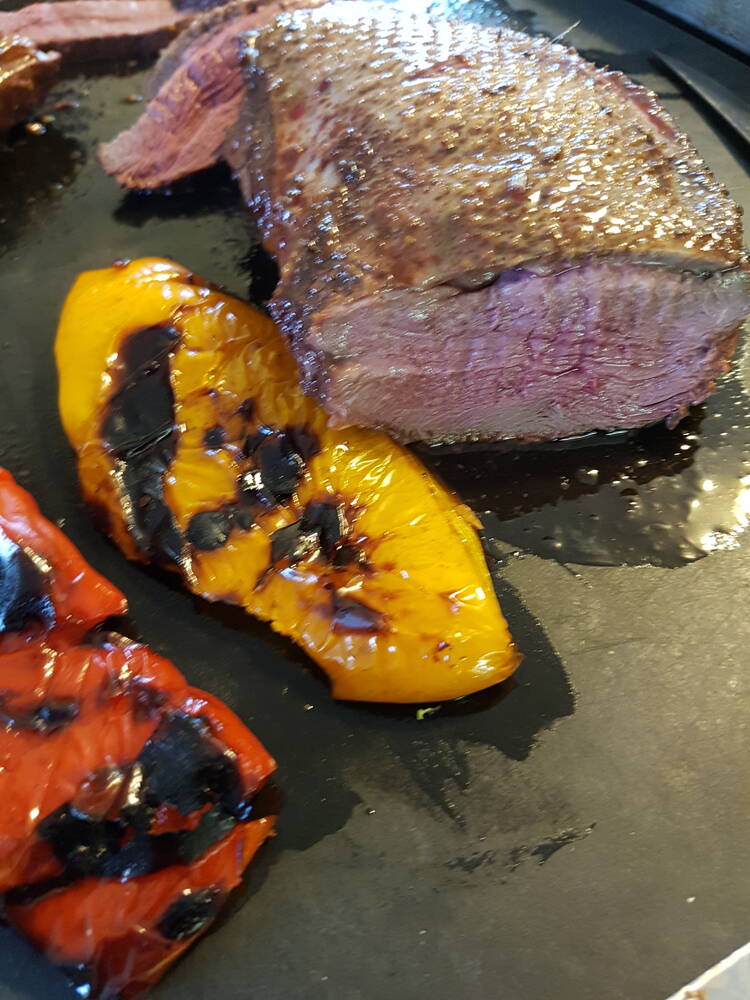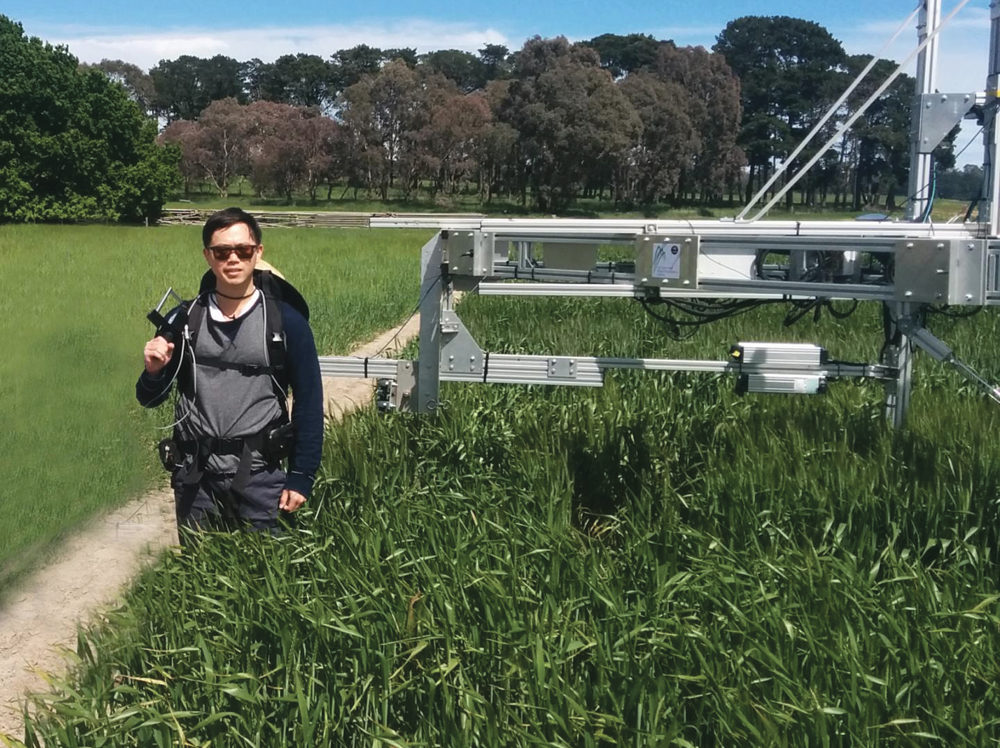A couple of years ago I splurged and bought a tree, a “Purple Spire” crabapple. I put a lot of thought into choosing the location for the tree but alas, like so many gardening plans, this one did not go as intended. Since planting the tree, I have had to take out my mature mountain ash because it finally succumbed to fire blight. This necessitated a redesign of where things would go in the backyard. I replaced the mountain ash with a clump birch to shade the back patio — a job the mountain ash used to do, but decided to position the birch differently and so the “Purple Spire” must be moved.
Read Also

Giant Canada geese have gone wild in Manitoba
Giant Canada geese are seemingly everywhere and can be fine table fare for local hunters, but 70 years ago, they were borderline extinct.
The fall is a good time to move or plant trees. The soil is warm and will remain warm well into November; in the spring, the ground remains cold well into June which often prevents trees planted in spring from getting off to a good start if they are planted too early. The best time to plant a tree in the fall is after leaf drop, which for most trees will be in October.
To transplant a tree, dig a trench around the tree about 30 cm out from the drip line. Dig with the shovel blade straight up and down to minimize root damage. After digging the trench slightly deeper than the root ball, ease the root ball out of the ground with the shovel. Have a sheet of plastic near the trench, place the tree on the plastic and tie the plastic around the root ball to minimize loss of moisture, particularly if you are not planting the tree right away.
If you are planting a potted tree, try to ensure that the tree has been cared for properly during the summer and has not be subject to undue stress — buying from a reputable nursery is best. Score the sides of the root ball in several places with a utility knife if the root ball is covered with roots which appear to encircle it. Water the potted tree well before you begin the planting process.
Having the hole for the tree dug ahead of time will minimize the length of time a transplanted tree is out of the ground. Dig the hole twice as wide as the root ball and slightly deeper. Place the tree in the hole and backfill the hole with good-quality soil about two-thirds of the way. Then water thoroughly. After the water has drained away, backfill the rest of the hole, leaving a slight depression to facilitate watering. Water the planted tree thoroughly and make sure that it is standing straight — adjust if required.
Do not fertilize the tree; in fact, newly planted trees should not be fertilized until the start of the second year after they are planted and trees should never be fertilized in the fall. Keep the newly planted tree well watered right up until freeze-up. If the tree seems to not be able to stand straight on its own you may want to stake it to give additional support until it gets rooted well enough to be self-supporting.
Always pound in any stakes far enough away from the tree so that they do not touch the root ball. Use a soft, pliable material to tie the tree — something that will not damage the trunk and has a bit of give. During the first winter, you may want to mulch the newly planted tree. Add some dry leaves around the base. If you are concerned that mice might be attracted to the leaves, place a couple of clothes dryer sheets under the leaves. If rabbits might be a problem during the winter, add a guard around the lower trunk.
Autumn is the ideal time to plant or move a tree. Taking the time to do the job properly will ensure the tree will survive the winter and put forth vigorous growth come spring.


















